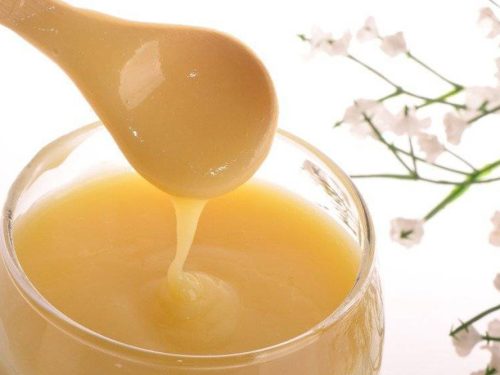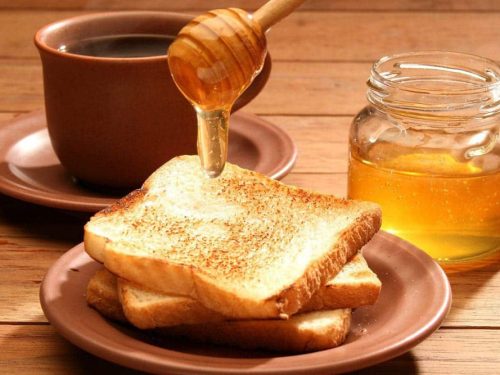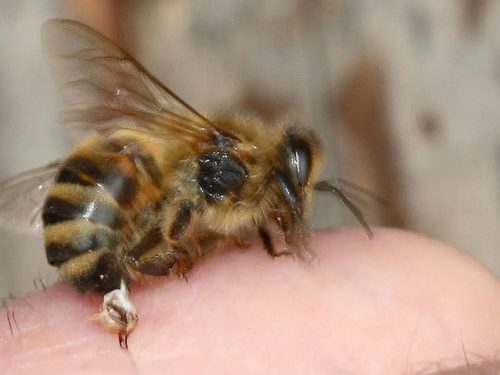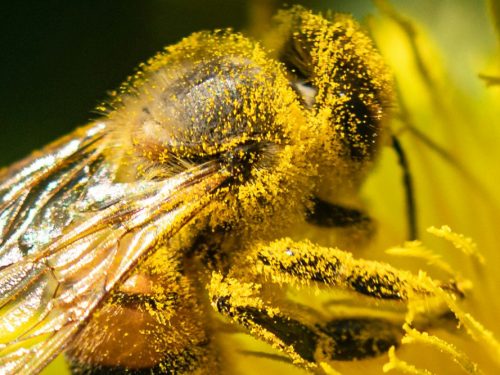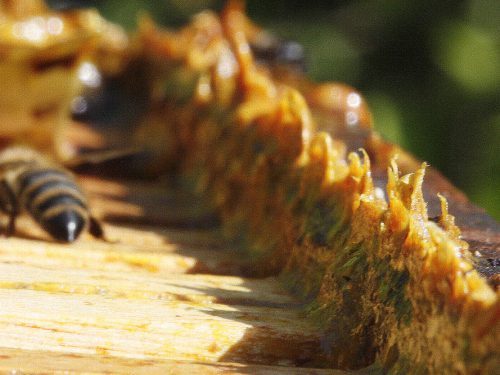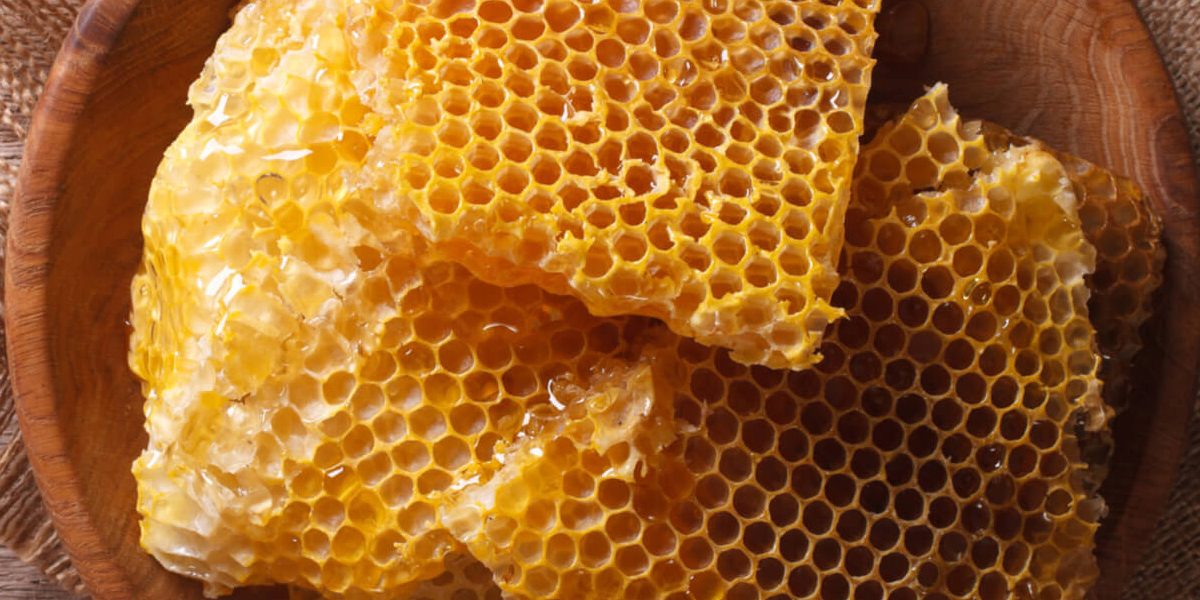
U svetu pčela vosak je osnovni gradivni element za uređenje enterijera njihovog doma gde god se on nalazio. Ljudi su od davnina koristili vosak u pravljenju boja, balsamovanju ali i u pravljenju melema.
Vosak predstavlja proizvod posebnih žlezda kog pčela i to samo pčela radilica. Tih žlezda ima osam, odnosno po četiri na svakoj strani tela i da bi one proizvodile vosak pčele koriste med i polen. U početku žlezde ga luče u tečnim kapljicama koje se u dodiru sa vazduhom zgušnjavaju a onda ga pčele žvaću i uz pomoć enzima prave voštane pločice. Ove pločice pčele spajaju i tako proizvode šestougaone ćelije koje znamo kao saće. Saće je više funkcionalno, odnosno u njemu se pčele razmnožavaju, oplođeno jaje u ćeliji prvo prolazi koz fazu larve a ona kasnije razvija u mladu pčelu. U tim malim kućicama pčele odlažu svoju hranu tj. med i polen. Između saća u takozvanim ulicama pčele žive i rade svoj kratki život.
Pčelinji vosak je svetlo žute boje mada retko može biti i tamniji. Vremenom, što ga pčele više koriste u košnici, vosak dobija razne primese i postaje tamno braon. Od ostalih osobina možemo reći da je relativno tvrd, prijatnog mirisa, neprovidan i žilav ali i krhk, ne rastvara se u vodi a rastvara se u benzinu, etru i hloroformu itd. Hemijska jedinjenja koja čine vosak su ugljeni hidrati, više masne kiseline, etar, alkohol i druga jedinjenja.
Danas je vosak jako bitan i nama te se tako koristi ponajviše u farmaceutskoj industriji za proizvodnju pomada, krema i melema. Pčelari dobro znaju kako je lepo gricnuti mlado saće puno meda, te tako vosak u malim količinama prija i organima za varenje a pozitivno dejstvo ima i za usta, desne i zube.
Da bi smo i dalje radosno žvakali mlado saće puno ukusnog meda trebaju nam pčele žive i zdrave.

